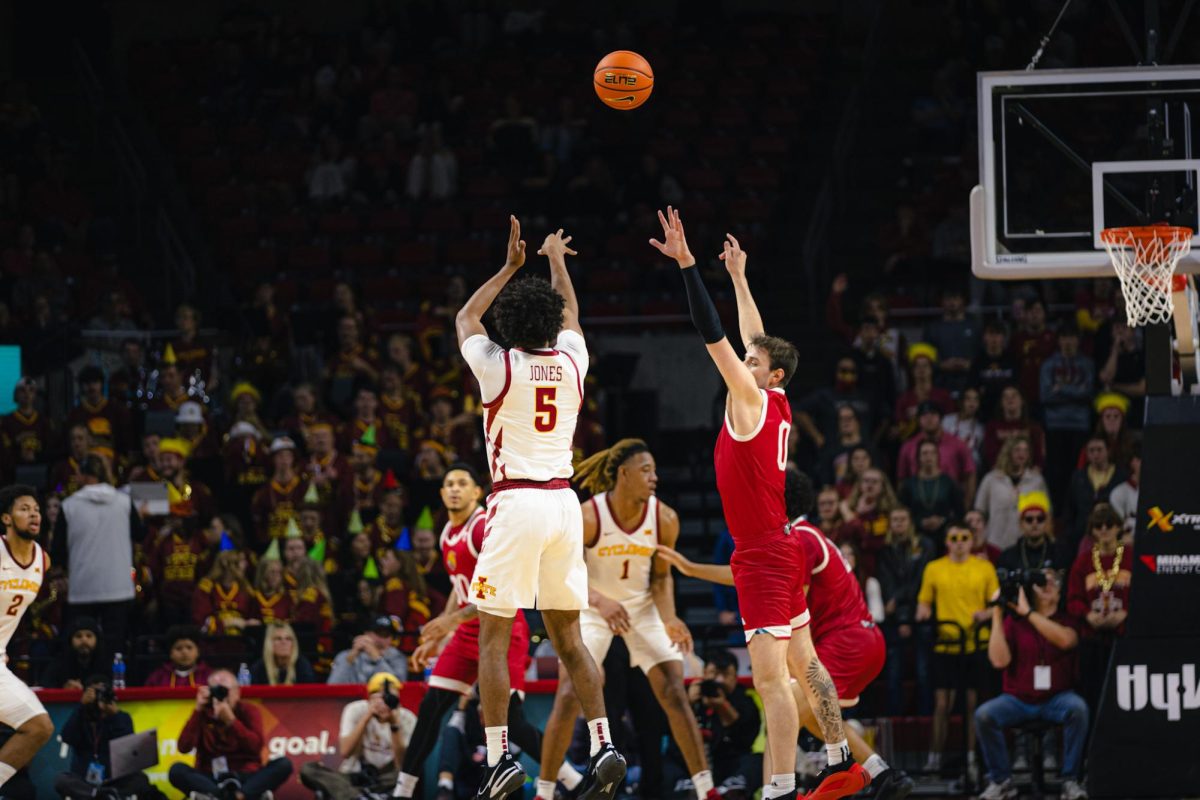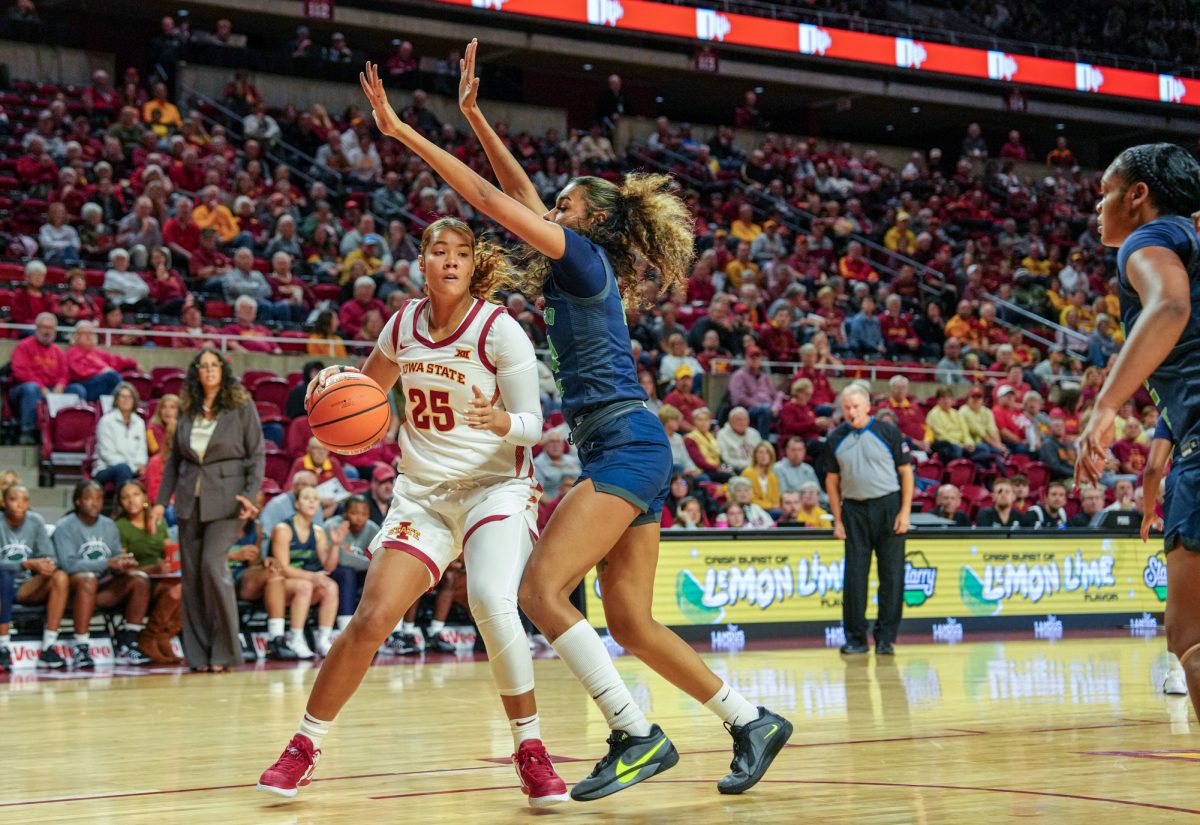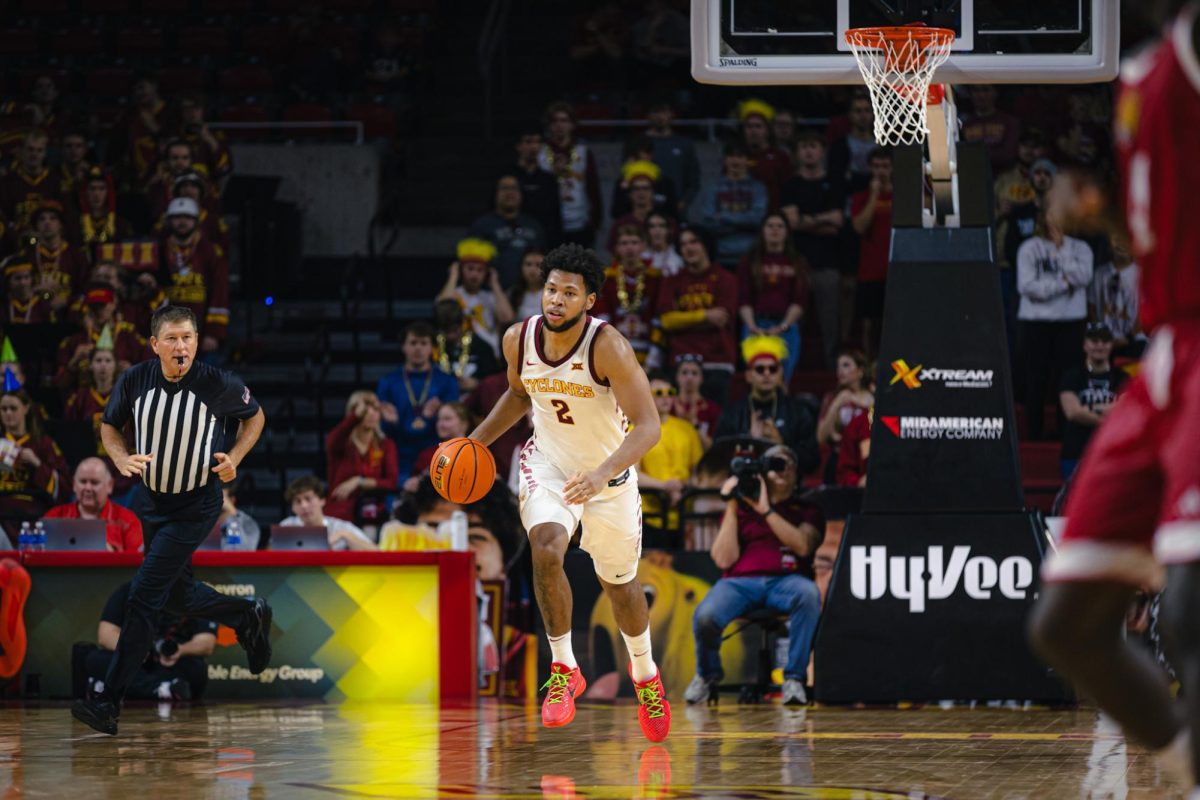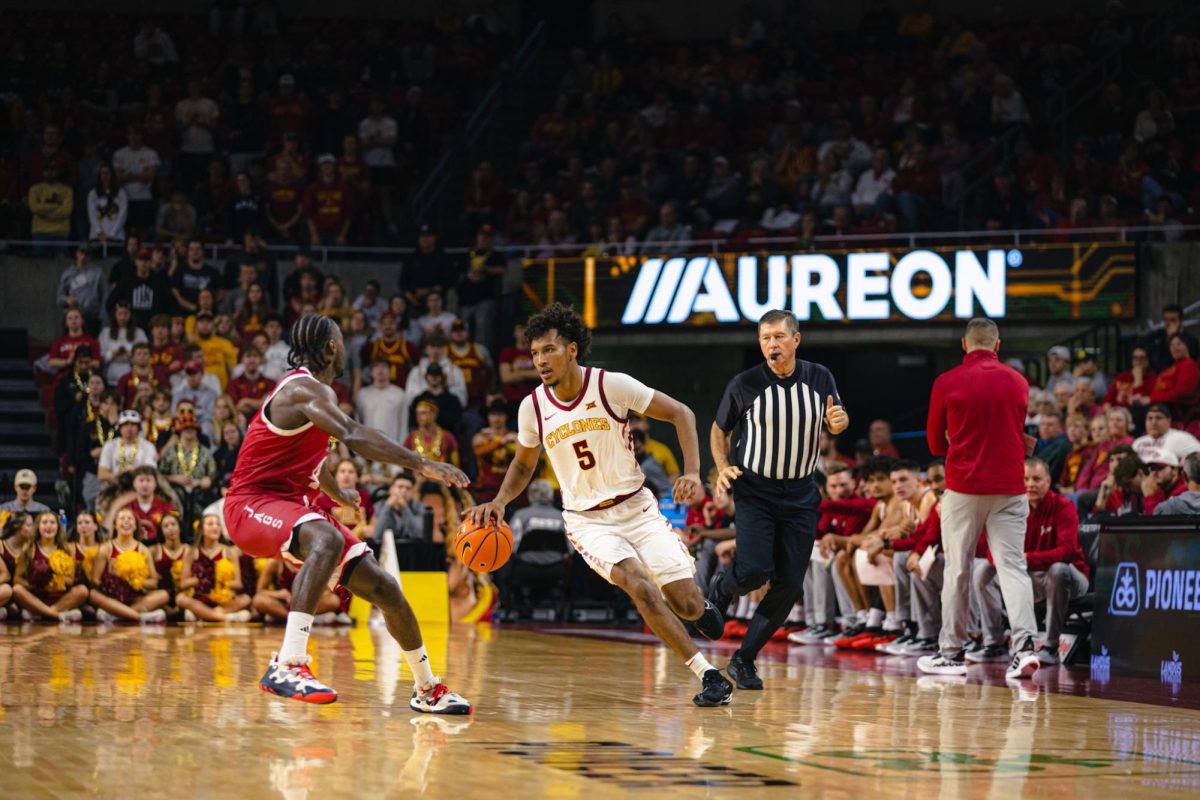Strengthening and conditioning tips for summer golfers
May 27, 1998
Editor’s note: “Fitness Facts” is a weekly fitness and exercise column. If you would like to ask a fitness related question to Irene Lewis McCormick, graduate student in health and human performance, she can be reached by e-mail at [email protected].
Q: I am reasonably fit and perform some exercise during the winter months, but prefer to play golf during the spring and summer. I am not “out-of-shape,” but I would like to know, if I do decide to exercise more frequently, do you have any fitness or conditioning suggestions for us golfers?
A: You bet! Several fitness centers across the country have successfully established golf conditioning programs, due largely in part to the 25 million golfers who spend a little more than $16 billion a year on golf-related products and services. As golfers search for new ways to improve their game, group golf exercise programs are becoming very popular indeed!
But before I offer you some helpful hints on your golf exercise regime, be advised of the importance of participating in a regular routine of cardiovascular exercise (3-5x a week) and strength conditioning (2x a week) exercises, to decrease mortality and disease, improve body composition and bone density, support increased energy levels and enhance your overall health!
Now that’s out of the way, first, let me make you aware of the primary muscle groups used while playing the sport of golf. Then, I will lend you some insight on common golf injuries and how to avoid them. This information may help you to enjoy exercise to more rationally improve your performance and your health.
As you may know, achieving a high level of performance in golf is not as effortless as the pros make it appear. Hitting a golf ball consistently and effectively for 9-18 holes requires coordinated muscular control, strength and stamina. This debunks an old theory that regular exercise doesn’t help a golfer’s performance because today most of the pros know that flexibility, strength and endurance are key factors that determine the development and maintenance of a good golf swing.
According to an article published in IDEA Source, at least 32 major muscles are involved in a full golf swing. Specifically, the leg muscles (quadriceps, hamstrings and gluteals) play a major role by generating about 80 percent of the swing. The hips initiate movement down into the ball, while the midsection (abdominals, obliques and errector spinae) transfers force from the legs to the torso and is responsible for swing acceleration.
The upper torso (pectoralis major, latissimus dorsi and deltoids) is responsible for the actual swinging action and plays a major role in generating club head speed. Finally, the arms (biceps, triceps, forearm flexors and extensors) control the accuracy of the club head on impact with the golf ball (IDEA Source, May, 1998).
Strengthening and increasing overall flexibility in the muscle groups that are used in golf will maximize your swinging power, improve control, increase endurance and help reduce the risk of injury.
Speaking of which, golfing injuries are very common and can be avoided with strengthening exercises coupled with flexibility. Two of the most common golfing complaints are “golfers elbow” and low back pain. The repetitious action of the golf swing places significant stress on the low back, shoulders and rotator cuff muscles (stabilizers of the shoulder joint). Other muscles groups vulnerable to injury include those in the knees, hips, neck, elbows, hand, wrist and fingers.
Golfer’s elbow is a condition in which the tendons of the wrist and forearm flexor muscles become strained. This condition may be the result of repeatedly striking the ball with excessive force, playing with weak forearm flexor muscles, holding the club too tightly or improperly swinging the club.
The swinging action employs a constant rotation action at the hips. Tight and contracted low back, hip flexor and hamstring muscles, coupled with weak abdominals can lead to low back pain.
As with any sport-related injury, minor strains, sprains or muscle pulls, employ the RICE method (most athletic trainers would agree) — rest, ice, compression, elevation and modification of the activity. Additionally, dehydration is a precursor to injury! Especially while out on the course, golfers are at risk for dehydration and heat injury. Drink plenty of H2O!
To be successful, a golf conditioning program must include exercises that target the primary muscles used when playing the sport. Start with a brief warm-up to increase body temperature and blood flow, as well as heart rate. Perform at least 1 set of 8-12 repetitions. The key is to work to the point of fatiguing the major muscles previously mentioned. Include flexibility to increase range of motion.
Try and get involved in a regular stretching routine (at least 3x a week) and maybe even try a yoga class (the Chicago Bulls do!). Hold the stretches (do not bounce) for at least 10-30 seconds each and perform about 3 reps for each stretch; i.e., sit down with legs forward about 6 inches apart. Extend your arms toward your feet, holding the stretch to a point where it feels slightly uncomfortable. Remain there without bouncing for 10-30 seconds. Repeat 2x more. Over time, this stretch will increase flexibility in your hamstrings and low back.
Allow time for a cool down period after your cardiovascular workout as well.
Adding simple relaxation techniques like deep breathing and positive thoughts will assist you with visualization of a perfect swing and better concentration while playing your favorite sport!






